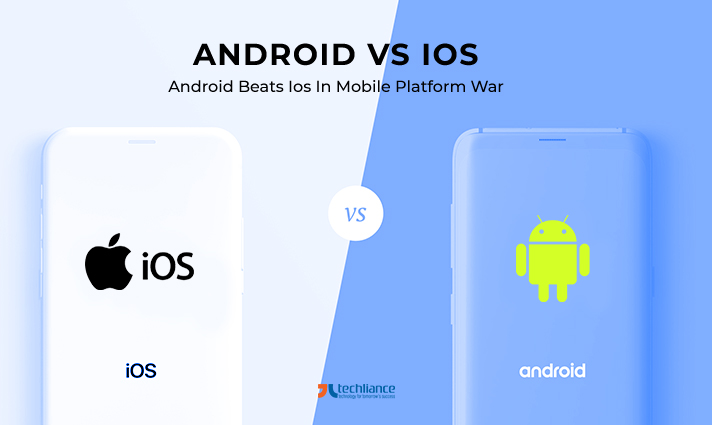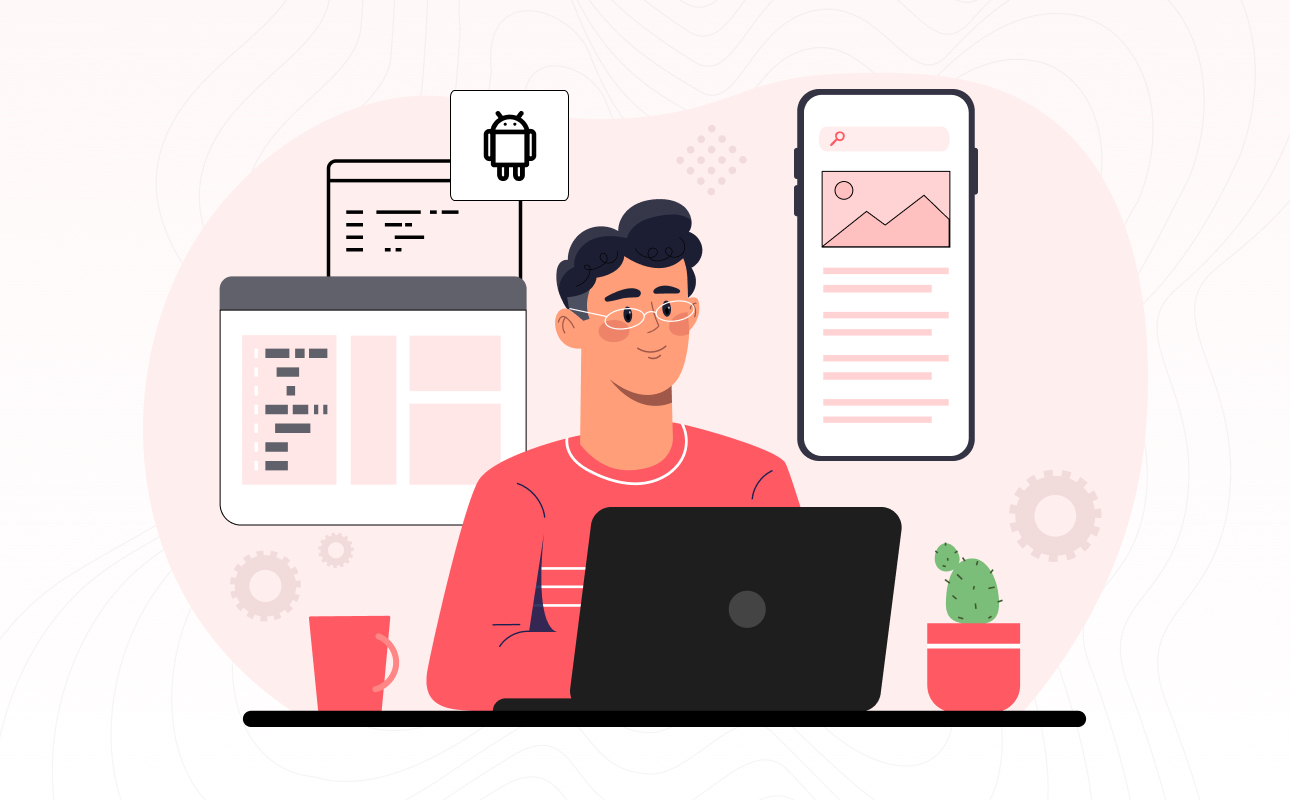The world of mobile operating systems has evolved dramatically over the past decade, with Android and iOS being the undisputed champions in the arena. These two giants have been waging an ongoing battle for supremacy, each bringing its unique strengths to the table. As technology enthusiasts, consumers, and developers, it’s crucial to understand the key differences between Android and iOS.
Let’s embark on a journey to uncover the intricacies of this ongoing Android vs. iOS battle, exploring the foundations, user experience, ecosystem, and development aspects of both platforms. By the end of this post, you’ll have a clearer understanding of the strengths, weaknesses, and nuances that define these operating systems.
Foundation: The Android Open Source Project vs. Apple’s Proprietary Ecosystem
The foundation of any mobile operating system sets the tone for everything that follows. Android and iOS, despite their similarities, have stark differences in this regard.
Android: Android is built on the Android Open Source Project (AOSP), which means it’s open source. This openness allows for a wide range of customization and device diversity. Manufacturers can take the Android source code, modify it, and create their own versions. While this flexibility leads to a vast array of device choices, it can also result in fragmentation, with different versions and user experiences across devices.
iOS: Apple, on the other hand, has maintained strict control over iOS, ensuring a closed, proprietary ecosystem. This tight grip on both hardware and software has its advantages. Apple can optimize iOS for its devices, leading to a consistent user experience across the iPhone, iPad, and other Apple products. However, it limits the variety of devices available and can be seen as restrictive for users who prefer more customization options.
User Experience: Customization vs. Consistency
The user experience is at the heart of the Android vs. iOS battle. It’s often a matter of personal preference, and what you prioritize in your mobile experience.
Android: Android is renowned for its customization options. Users can personalize their home screens, change default apps, and even install custom ROMs to completely overhaul the user interface. This freedom is a double-edged sword, as it can lead to a less consistent user experience, especially when comparing different devices and manufacturers. However, it’s a paradise for tech-savvy users who want complete control over their devices.
iOS: Apple’s approach to user experience is rooted in consistency and simplicity. iOS offers a more uniform user experience across all Apple devices, making it easy for users to switch between an iPhone, iPad, and Mac seamlessly. While this approach restricts deep customization, it ensures a polished, user-friendly interface that appeals to a broad audience.
Ecosystem: App Stores, Services, and Integration
The app ecosystem and additional services are a critical aspect of the Android vs. iOS battle. They greatly influence the convenience and functionality of a mobile operating system.
Android: Android boasts the Google Play Store, home to a vast number of apps, both free and paid. The open nature of Android also allows users to install apps from third-party sources, increasing flexibility but also posing security risks. Google’s services, like Gmail, Google Drive, and Google Maps, integrate seamlessly with Android, providing a holistic ecosystem. However, this integration is optional, and users can choose to use alternatives.
iOS: Apple’s App Store is renowned for its stringent review process, which aims to ensure high-quality, secure apps. While this process can lead to slower app approval, it also results in a safer ecosystem. Apple’s ecosystem revolves around services like iCloud, iMessage, and Apple Music. The tight integration of these services makes it convenient for Apple users but limits choice for those who prefer alternatives.
Development: Java and Kotlin vs. Swift and Objective-C
For developers, the choice between Android and iOS often comes down to the programming languages, development tools, and market reach.
Android: Android app development primarily relies on Java and, more recently, Kotlin. Kotlin, a modern programming language developed by JetBrains, has gained popularity for its conciseness and safety features. Android apps can be developed using a wide range of IDEs, including Android Studio and popular alternatives like Visual Studio Code.
iOS: Apple’s ecosystem employs Swift as the primary programming language, with Objective-C still in use for legacy applications. Swift has gained acclaim for its performance and ease of use. To develop for iOS, developers generally use Xcode, Apple’s official integrated development environment.
Conclusion: The Battle Continues
The Android vs. iOS battle is far from over. Both platforms have their merits, catering to different user preferences and needs. Android provides flexibility and device diversity, while iOS offers a polished, consistent experience across Apple devices. The choice between them ultimately comes down to individual priorities, whether it’s customization, user experience, or the app ecosystem.
As the battle rages on, both Android and iOS continue to evolve, introducing new features and innovations that keep us all engaged and excited. In the end, it’s the competition between these two giants that drives progress and results in better mobile experiences for all of us.
So, which side of the battle do you stand on? Are you Team Android, reveling in the freedom of customization, or Team iOS, enjoying the seamless integration of the Apple ecosystem? Let us know in the comments, and may the Android vs. iOS debate continue!





